MAP CONTROLS: Use slider or mousewheel to zoom, and hold down left mouse button
to drag.
KEY: Location markers are coloured from Green meaning exact to Red meaning
gone or unknown (details here)
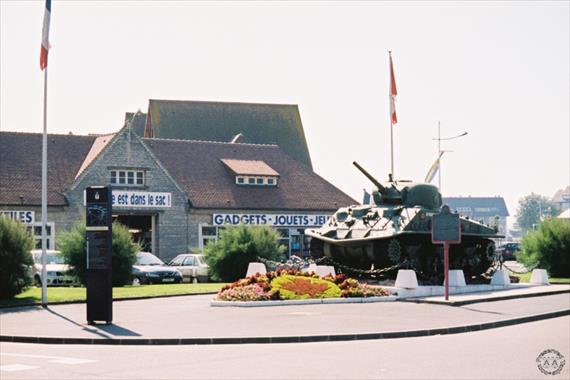
|
A specialised vehicle designed specifically for D-Day, one of the ‘Funnies‘, was the Sherman DD amphibious tank. From early 1943 79th Armoured Division had experimented with swimming tanks with some success. These were Valentines and it was felt that they were not sufficiently powerful to go into action during the Invasion and so the technique was adapted to the Sherman. The modifications included the fixing of a metal and canvas frame around the edge of the hull above the tracks, and the fitting of large propeller screws at the back of the hull. These propellers were powered from the rear track idler wheels and this method of using the tracks for propulsion on land and in the water gave the system its name of ‘Duplex Drive‘ or ‘DD’.
When the canvas frame was erected around the hull, to a height some away above the top of the turret, sufficient water was displaced to make the vehicle float. While this arrangement was seaworthy in good conditions, it was easily swamped in rough seas and many Sherman DDs were lost on D-Day. For example, 13/18th Hussars launched forty Sherman DDs three miles offshore. Some were lost out from the shore, and others drowned at the water’s edge. Nonetheless, thirty-three tanks did survive to fight their way across the beach. The ability of the DD to swim in to a beach and to go immediately into action on landing was invaluable. On hitting the shore, they needed only to lower the front edge of the canvas frame to bring their main armament to bear and in many cases were the most powerful weapon available to support the assaulting troops.
There is an NTL Totem nearby that reads as follows:
| COURSEULLES-SUR MER : THE FIRST ALLIED PORT |
|---|
THE STRONGPOINT AT JUNO
As at Bernières, the beach had been booby-trapped. Ahead of the fortified positions, antitank mines and heavy shells had been placed on the top of all kinds of obstacles quickly set up on ROMMEL’s orders. In addition, the defences east of the mouth of the Seulles consisted of 26 concrete constructions with field guns, heavy machine-guns, mortars and flamethrowers to rake the beach.
THE LIBERATION OF COURSEULLES
At about eight a.m. on 6 June 1944, behind schedule, due to the bad weather and losses caused by the booby-traps, the 7th Canadian Brigade came ashore on either bank of the Seulles. Some fierce fighting took place, but Canadian losses turned out lower than anticipated. Courseulles was liberated at ten a.m. One of the major difficulties of the day was the bottleneck in the narrow streets, here as in other villages of the sector! Fortunately, the German air force was almost non-existent. By evening on “D.DAY”, 24,000 men and 2,000 vehicles had been brought ashore.
BEHIND THE “GOOSEBERRY”, A REAL HARBOUR
Behind a line of sunken ships which provided a breakwater, the tiny port of Courseulles was quickly repaired. As early as 8 June, it was used to bring in reinforcements and equipment.
It was at the boundary between Courseulles and Graye that General de GAULLE landed on 14 June. From there, he went on to Bayeux. |
It is of interest to note that the road behind the tank has been named after Leo Gariepy. Over the road another relic, a German Kwk 39 anti-tank gun with some signs of battle damage, can be seen on a small plinth on the pavement.
|
August 2007
|
| | | | 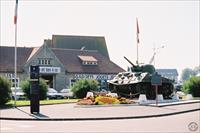 | | | | |
1: Overview
Taken: 25 August 2007
Contributor: T. Larkum
Location Photo ID: 69
Added: 12 July 2009
Views: 182
Has Priority: 0
|
|
|
|
| | | | 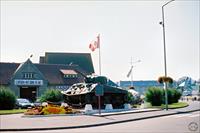 | | | | |
2: Overview
Taken: 25 August 2007
Contributor: T. Larkum
Location Photo ID: 70
Added: 12 July 2009
Views: 196
Has Priority: 0
|
|
|
|
| | | | 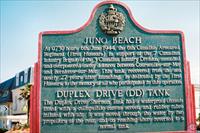 | | | | |
3: Noticeboard
Taken: 25 August 2007
Contributor: T. Larkum
Location Photo ID: 71
Added: 12 July 2009
Views: 224
Has Priority: 0
|
|
|
|
| | | | 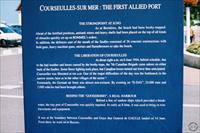 | | | | |
4: NTL Totem
Taken: 25 August 2007
Contributor: T. Larkum
Location Photo ID: 72
Added: 12 July 2009
Views: 288
Has Priority: 0
|
|
|
|
| | | | 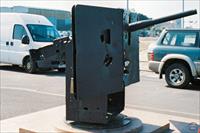 | | | | |
5: German gun
Taken: 25 August 2007
Contributor: T. Larkum
Location Photo ID: 73
Added: 12 July 2009
Views: 211
Has Priority: 0
|
|
|
|
| | | | 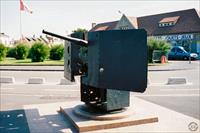 | | | | |
6: German gun
Taken: 25 August 2007
Contributor: T. Larkum
Location Photo ID: 74
Added: 12 July 2009
Views: 171
Has Priority: 0
|
|
|
|
| | | | 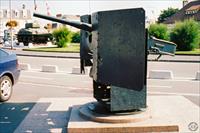 | | | | |
7: German gun
Taken: 25 August 2007
Contributor: T. Larkum
Location Photo ID: 75
Added: 12 July 2009
Views: 206
Has Priority: 0
|
|
|
|
| | | | 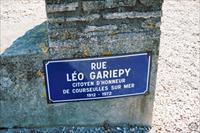 | | | | |
8: Road sign
Taken: 25 August 2007
Contributor: T. Larkum
Location Photo ID: 76
Added: 12 July 2009
Views: 436
Has Priority: 0
|
|
|
|
| | | | 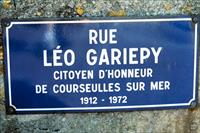 | | | | |
9: Road sign in close-up
Taken: 25 August 2007
Contributor: T. Larkum
Location Photo ID: 77
Added: 12 July 2009
Views: 197
Has Priority: 0
|
|
|
June 1944
|
| | | | 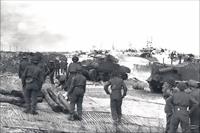 | | | | |
10: A contemporary photograph from the Library and Archives ...
Taken: 6 June 1944
Contributor: Wikimedia
Location Photo ID: 78
Added: 12 July 2009
Views: 256
Has Priority: 0
|
| | | | | |
|
|